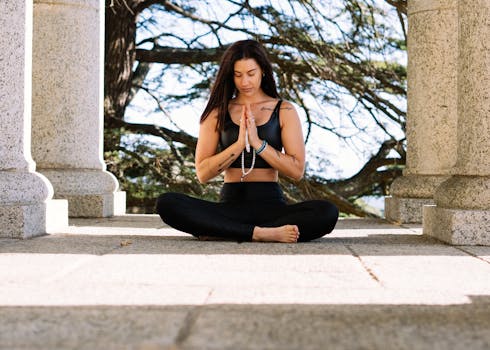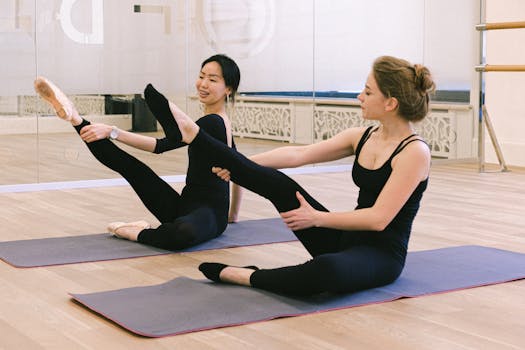The Transformative Power of Breathwork in Yoga: Techniques for Enhanced Practice
Takeaways: Breathwork, or pranayama, is a vital component of yoga that enhances physical and mental well-being. Understanding and applying different breathwork techniques can help practitioners achieve better focus, relaxation, and overall effectiveness in their yoga practice.
In recent years, breathwork has gained significant recognition for its profound impact on yoga practice. While yoga typically emphasizes postures and physical alignment, the integration of breathwork—also known as pranayama—can elevate your experience, deepen your practice, and provide numerous health benefits. In this article, we will explore the role of breathwork in yoga, dive into various techniques, and discuss how these practices can lead to an enriched yoga experience.
The Essence of Breathwork in Yoga

One of the core principles of yoga is the understanding that breath is life. The Sanskrit word for breath, “prana,” means life force or vital energy. By learning to control and direct this energy through breathwork, yoga practitioners can improve their overall health, reduce stress, and achieve deeper states of meditation.
Integrating breathwork into your yoga routine not only enhances the physical aspects of your practice but also promotes mental clarity and emotional stability. According to a study published by NCBI, regular breathwork can significantly reduce anxiety and improve mood, making it an essential tool for holistic wellness.
Techniques for Better Breathwork in Yoga

1. Diaphragmatic Breathing
Also known as abdominal or belly breathing, diaphragmatic breathing encourages deeper inhalations and exhalations. This technique involves:
- Finding a comfortable seated or lying position.
- Placing one hand on your chest and the other on your abdomen.
- Inhaling deeply through your nose, allowing your abdomen to rise while keeping your chest relatively still.
- Exhaling slowly through your mouth, feeling your abdomen fall.
This technique is excellent for promoting relaxation and reducing stress.
2. Ujjayi Breath
Ujjayi, or victorious breath, is a popular technique in Vinyasa and Ashtanga yoga. It involves slightly constricting the back of the throat while breathing, creating a soft sound reminiscent of ocean waves. To practice Ujjayi breath:
- Inhale deeply through your nose, constricting your throat slightly.
- Exhale through your nose while maintaining the throat constriction.
- Focus on the sound of your breath as you move through your yoga poses.
This technique enhances focus and helps maintain a steady rhythm during practice.
3. Nadi Shodhana (Alternate Nostril Breathing)
Nadi Shodhana is a calming breath technique that balances the body’s energy channels. To practice this technique:
- Sit comfortably and using your right thumb, close your right nostril.
- Inhale deeply through the left nostril.
- Close the left nostril with your right ring finger, and release the right nostril.
- Exhale through the right nostril.
- Inhale through the right nostril, then switch and exhale through the left nostril.
Repeat this process for several minutes to promote relaxation and mental clarity.
4. Kapalabhati (Skull Shining Breath)
Kapalabhati is a more vigorous breath technique that involves forceful exhalations and passive inhalations. To practice:
- Sit comfortably with a straight spine.
- Inhale deeply.
- Exhale forcefully through your nose while contracting your abdominal muscles.
- Allow the inhalation to happen passively.
This technique energizes the body and clears the mind, making it a great way to start your yoga session.
Conclusion

For further reading on the benefits of breathwork, you can check out Yoga Journal, Healthline, and Psych Central.






